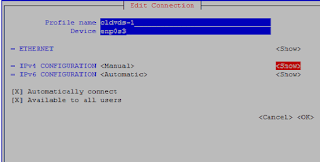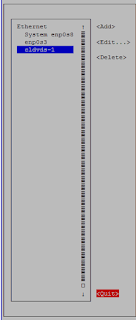DynamoDB is fast and flexible noSQL DB service for all application that need consistent single digit millisecond latency at any scale. It is a fully managed DB and support both document and key value data models.It is great for IoT, mobile/web gaming, and many other apps.
Quick facts of dynamodb
- Stored on SSD storage
- Spread across 3 geo distinct Ds.
- Eventual consistent reads:- Consistency across all copies is usually reached within a sec. Repeating a read after short time should return the updated data.(Best Read perf)
- Strongly consistent reads:- It returns a result that reflects all writes that received successful response prior to the read.
Table
Items(Like row of data in a table)
Attributes(Like column of data in a table)
Here everything between brackets {} is Item and 1587, Alan etc. are attributes.
{
"ID" : 1587,
"Name" : "Alan"
"Phone": "555-5555"
}
Two types of primary keys available:-
Single Attribute(Think unique ID)
Partition Key (Hash Key) composed of one attribute.
Composite(Think unique ID and date Range)
Partition key and Sort key (hash & Range) composed of 2 attributes
Partition key
- Dynamodb uses the partition key 's value as input to an internal hash function. The output from the hash function determines the partition(this is simply the physical location in which the data is stored)
- No two items in a table can have the same partition key value.
Partition Key and Sort Key
- Dynamodb uses the partition key 's value as input to an internal hash function. The output from the hash function determines the partition(this is simply the physical location in which the data is stored)
- Two items in a table can have the same partition key , but they must have a different sort key.
- All items with the same partition key are sorted together , in sorted order by sorted key value
Local secondary index
- It has the same partition key but different sort key
- Can only be created when creating a table. they cannot be removed or modified later.
Global secondary index:
- It has different partition key and different sort key.
- Can be created at table creation or added later.
DynamoDB streams
- If a new item is added to the table, the stream captures an image of the entire item, including all of its attributes
- If an item is updated, the stream captures the before and after image of any attributes that were modified in the item.
- If an item is deleted from the table, the stream captures an image of an entire item before it was deleted.
Query:-
A query operations find items in a table using only primary key attribute values. You must provide a partition attribute name and a distinct value to search for. You can optionally provide a sort key attribute name and value, and use a comparison operator to refine search results.
By default, a query returns all of the data attributes for the items with specified primary key(s) however you can use the ProjectionExpression parameter so that the query only returns some of the attributes, rather than all of them.
Query results are always sorted by the sort key. If the data type of the sort key is a number the results are returned in numeric order. Otherwise, the results are returned in order of ascii character code values. By default the sort order is ascending. To reverse the order set the ScanIndexForward parameter to false.
By default is eventually consistent but can be changed to strongly consistent.
SCAN:-
A Scan operation examines every item in the table. By default, a scan returns all of the data attributes of every item however you can use the ProjectionExpression parameter so that the scan only returns some of the attributes, rather than all of them.
Hope you find this quick glance of DynamoDB useful. Do let us know in comments if you have any query or suggestion.
Today we also want to share with you a good news that our blog is now included by Feedspot in the list of AWS Top 10 blogs . We would like to thank you all for your help and support in achieving this.












